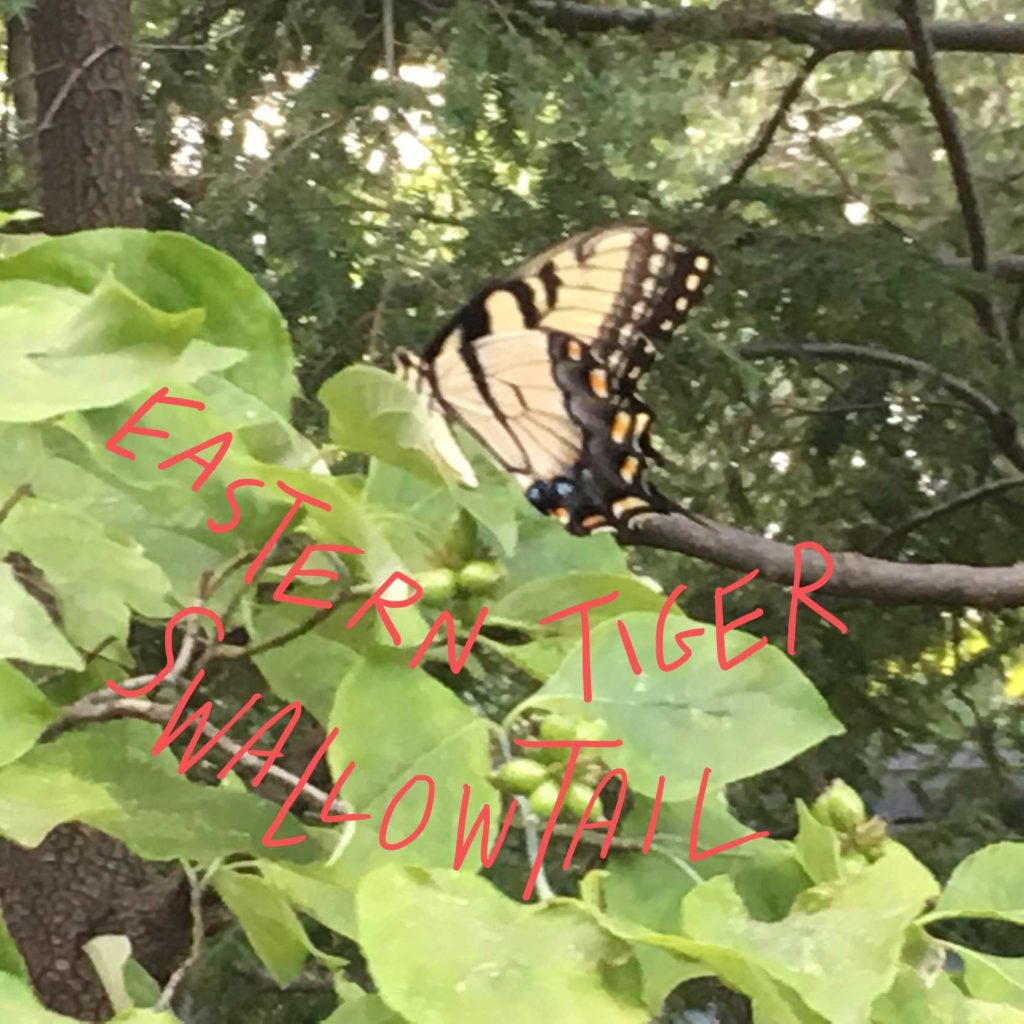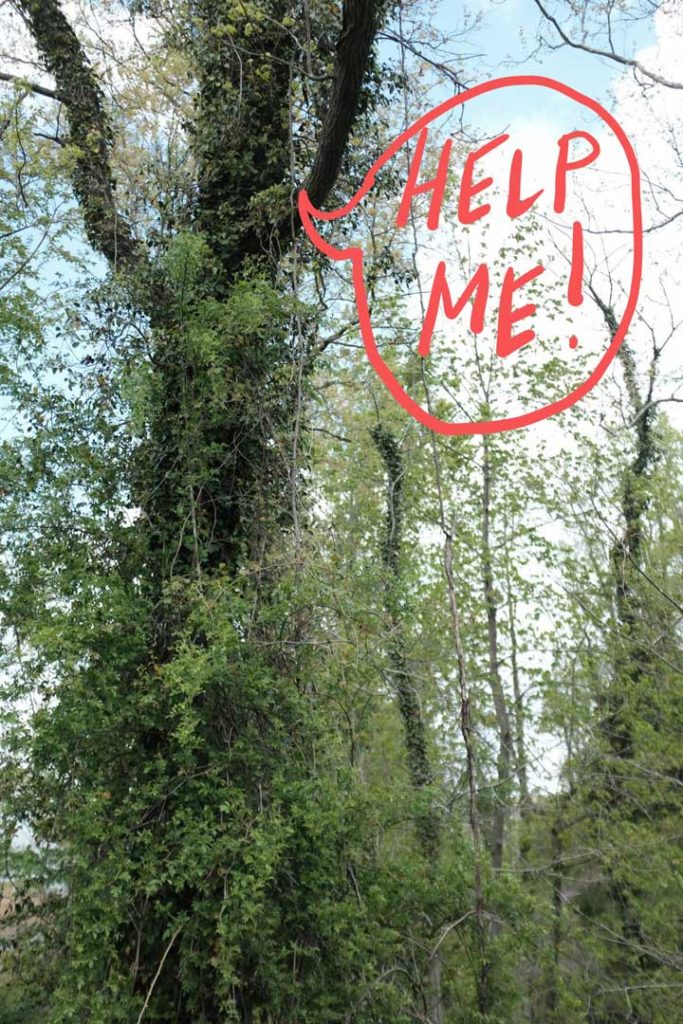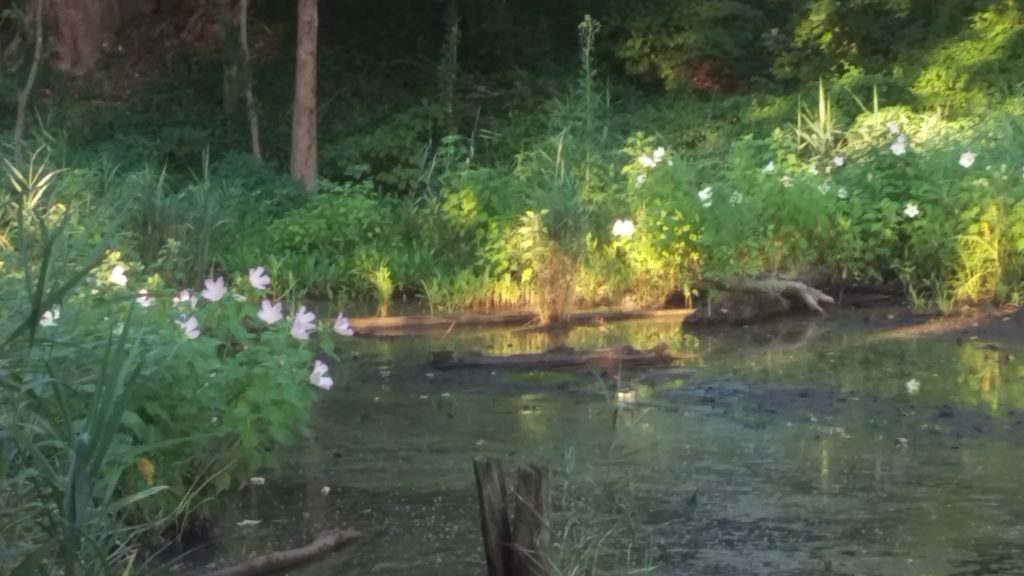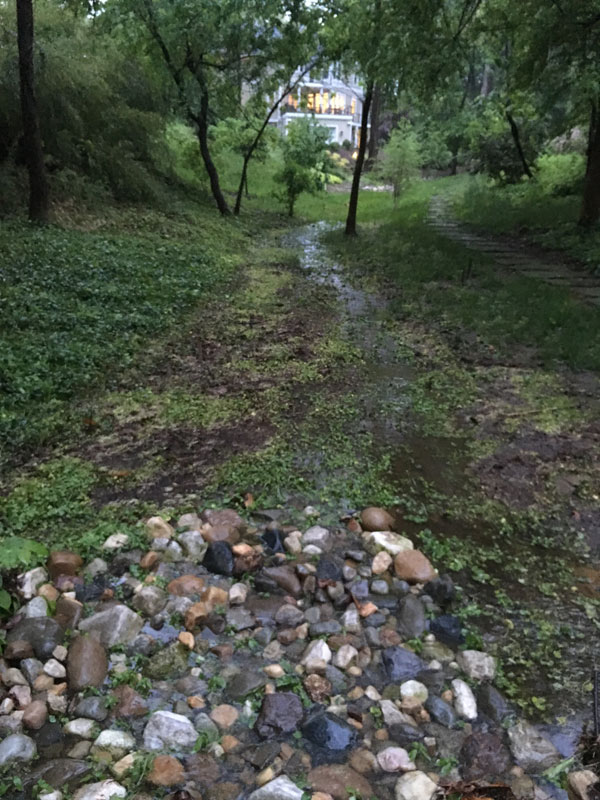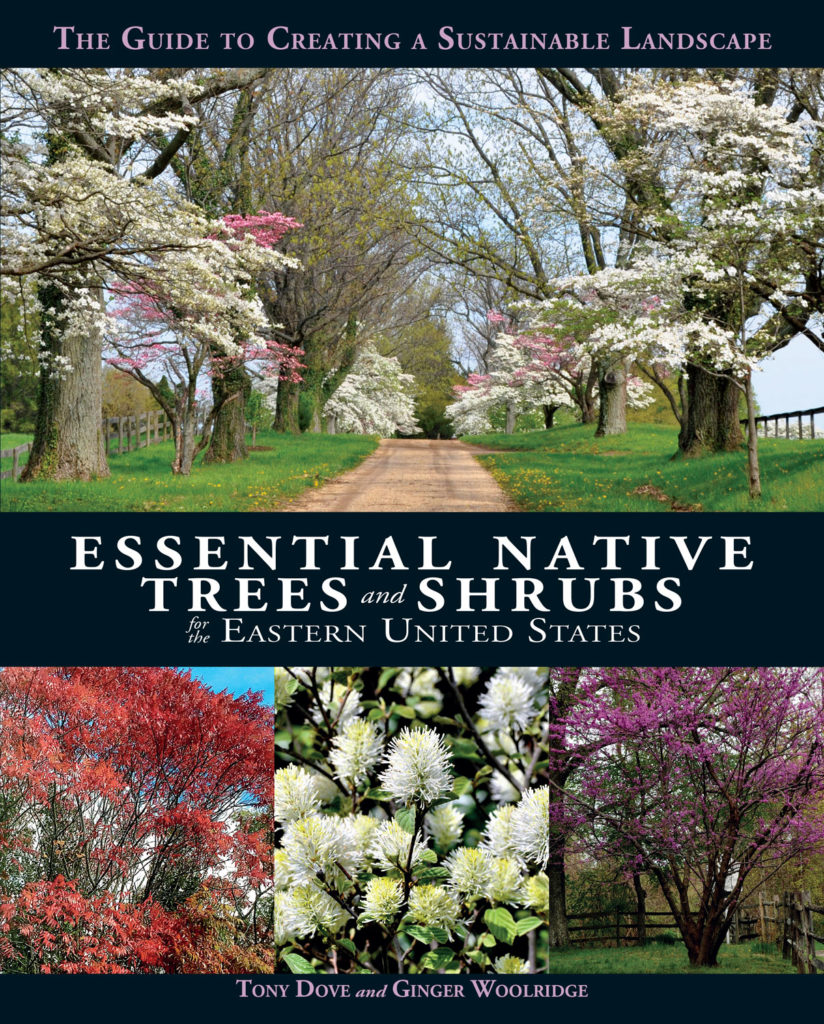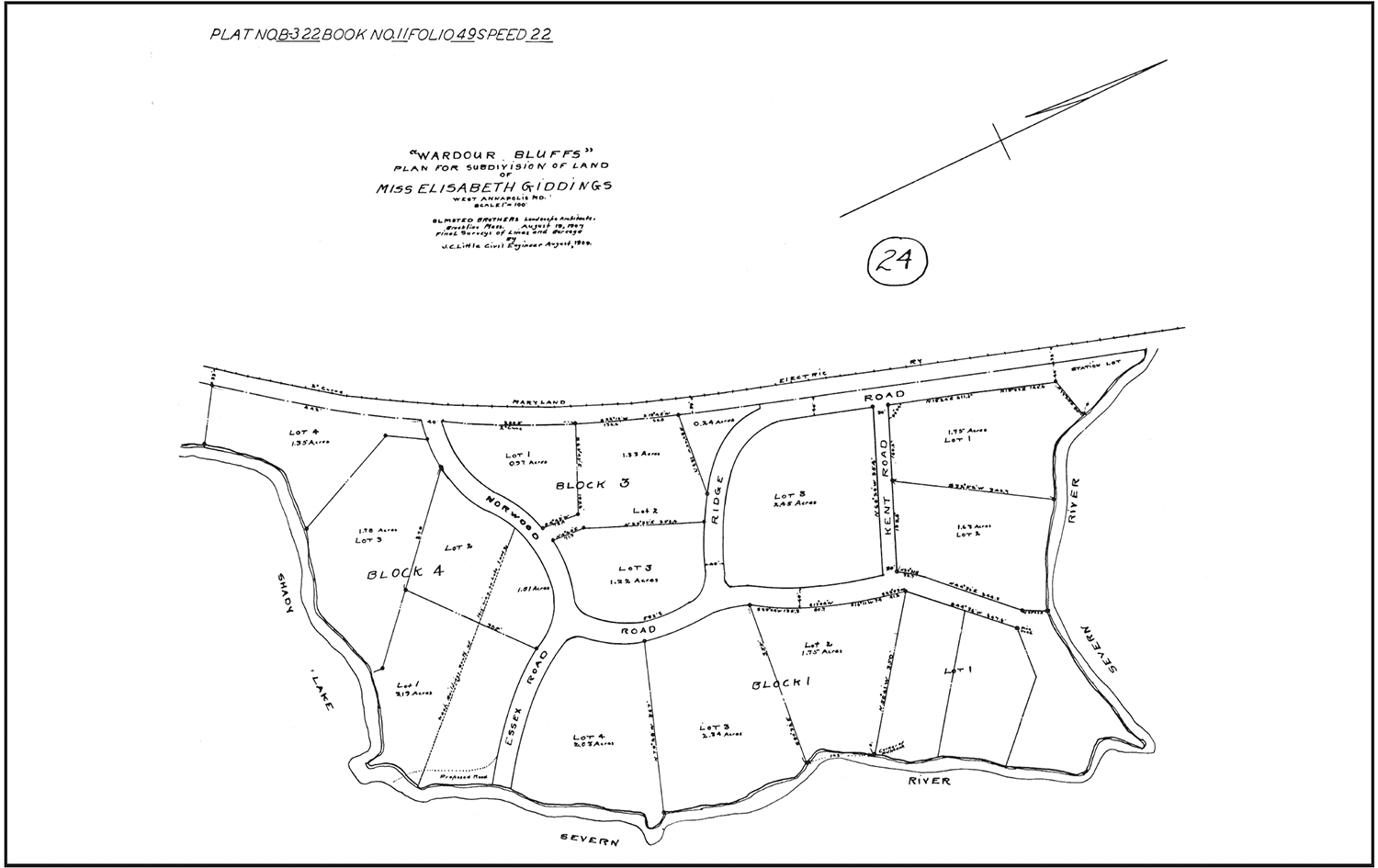The Maryland Department of Agriculture (MDA) mosquito control program conducts night-time spraying in 16 Maryland counties, including ours. The Wardour neighborhood will be sprayed on Monday nights, if mosquito levels are high enough, from June through October. You may file to have your property exempted by filling out the form below and returning it to the Department of Agriculture. Please read the 3 documents below carefully to learn about when spraying will happen, what products are used, keeping kids and pets safe, and how to opt out from spraying if you choose.
- How does the state determine whether to spray and what products does it use?
fogging_letter2023_Mon.pdf - When will spraying happen and what precautions should I take?
Community_info2023_Mon.pdf - How do I get an exemption?
https://mda.maryland.gov/plants-pests/Documents/MosquitoControlExemptionForm.pdf - How can I prevent mosquitoes from breeding on my property?
- There are no insecticides that target only mosquitoes; permethrin is also lethal to bees, butterflies, and the caterpillars that are the only food source for baby songbirds. This post has suggestions for getting rid of breeding sites in your yard, targeting mosquito larvae rather than adults (which is more effective), and attracting mosquito predators: http://wardour.org/mosquito-prevention/
- MDA recommendations for removing breeding sites: http://mda.maryland.gov/plants-pests/Pages/tips_rid_your_community_mosquito_breeding_sites.aspx
If you have questions about the program, please write to our neighbor Doug Lamartin (check your email for mosquito fogging notice or your Wardour membership directory for his contact information) or contact…
Maryland Department of Agriculture
Mosquito Control Section
mosquito.control@maryland.gov
410-841-5870
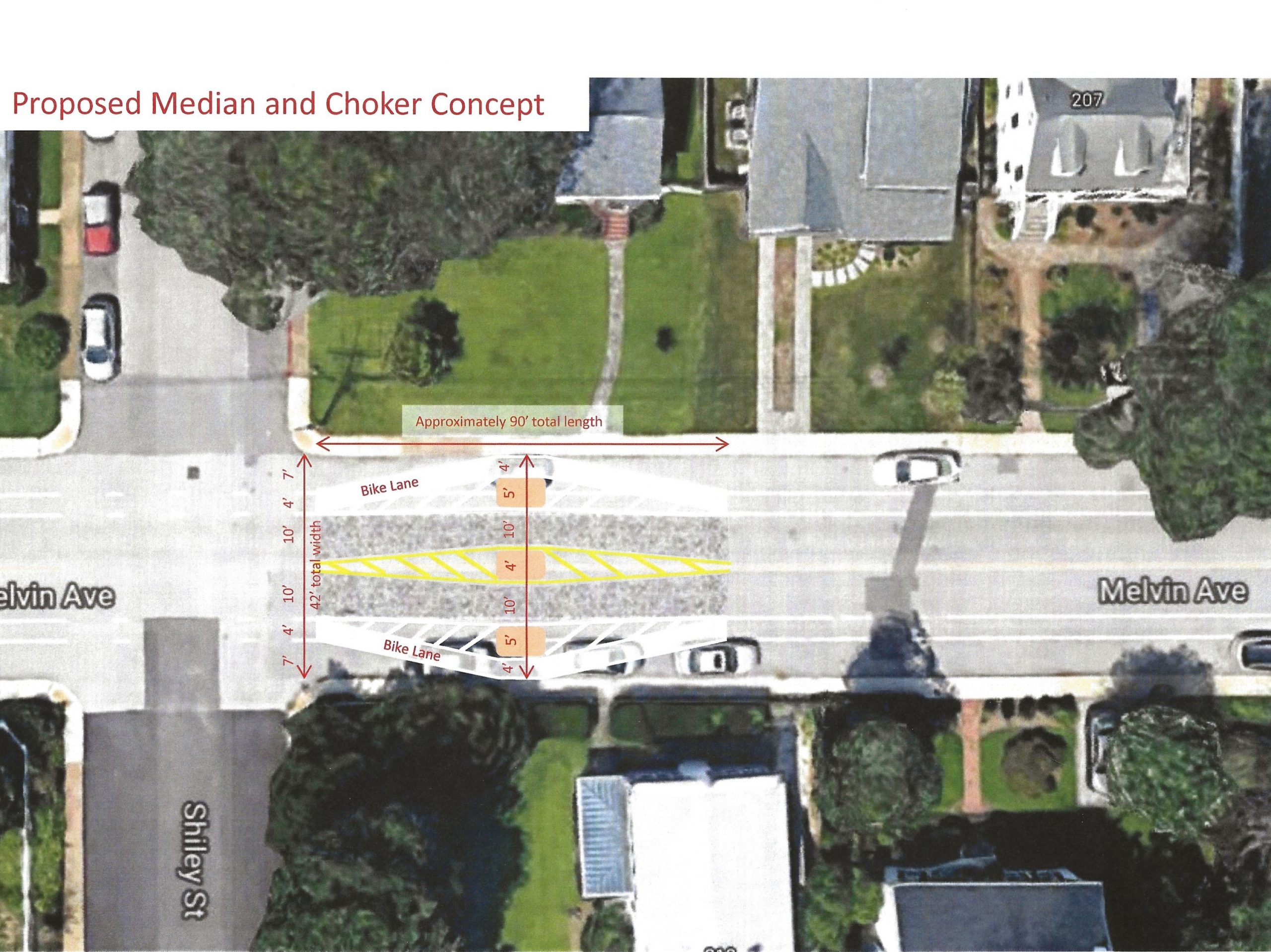 Over the past year, a group of West Annapolis and Wardour residents worked with the city to come up with a plan to address speeding on Melvin Avenue. The plan includes the temporary installation of three traffic calming chokers along Melvin. These islands should cause drivers to slow down by narrowing the road. The bike lanes won’t be interrupted.
Over the past year, a group of West Annapolis and Wardour residents worked with the city to come up with a plan to address speeding on Melvin Avenue. The plan includes the temporary installation of three traffic calming chokers along Melvin. These islands should cause drivers to slow down by narrowing the road. The bike lanes won’t be interrupted.